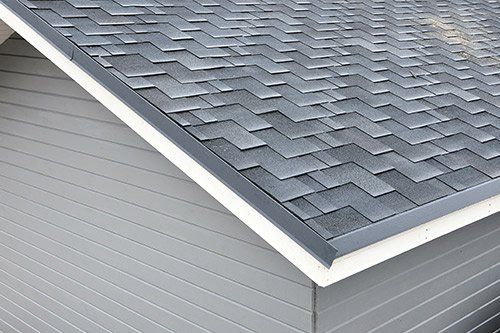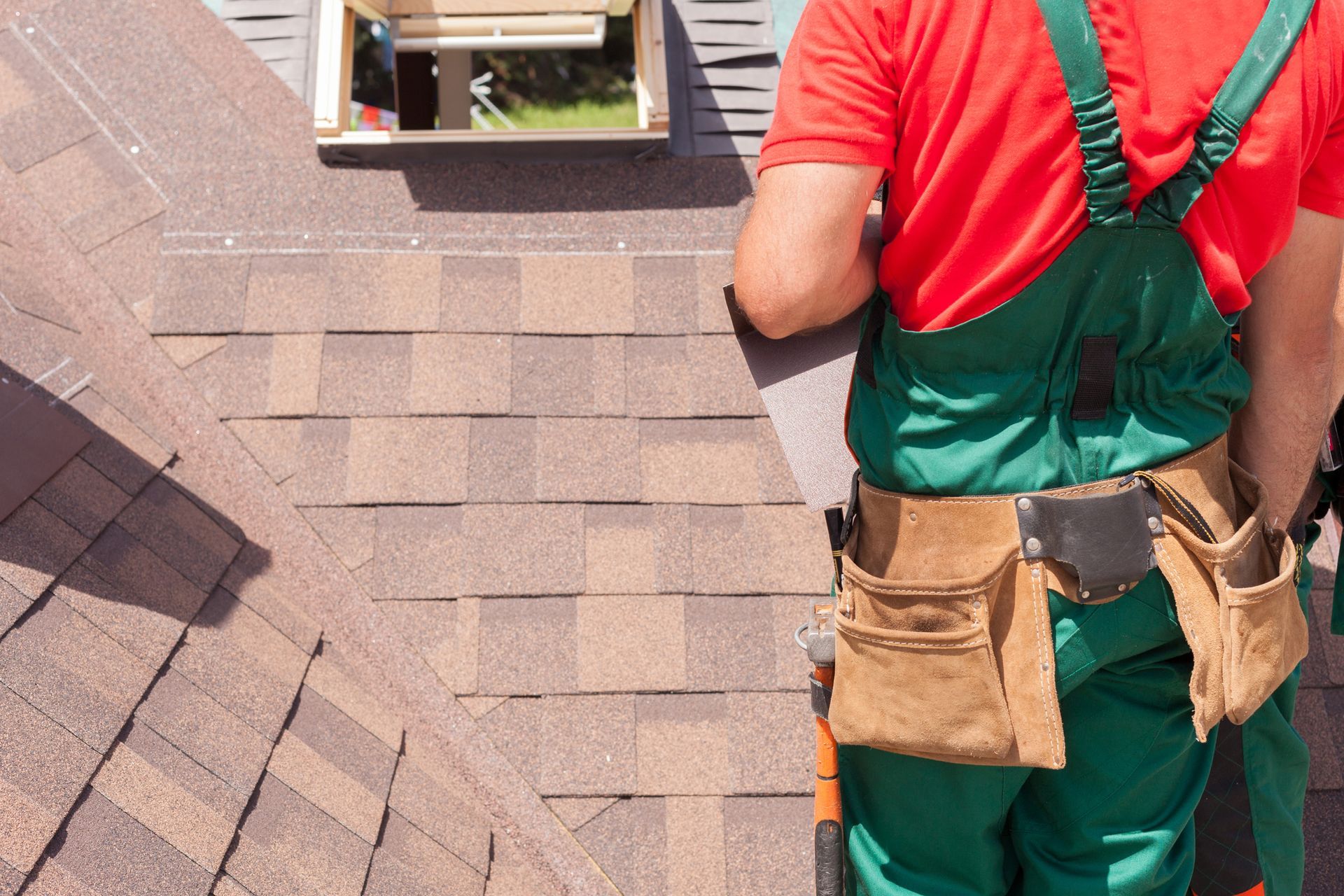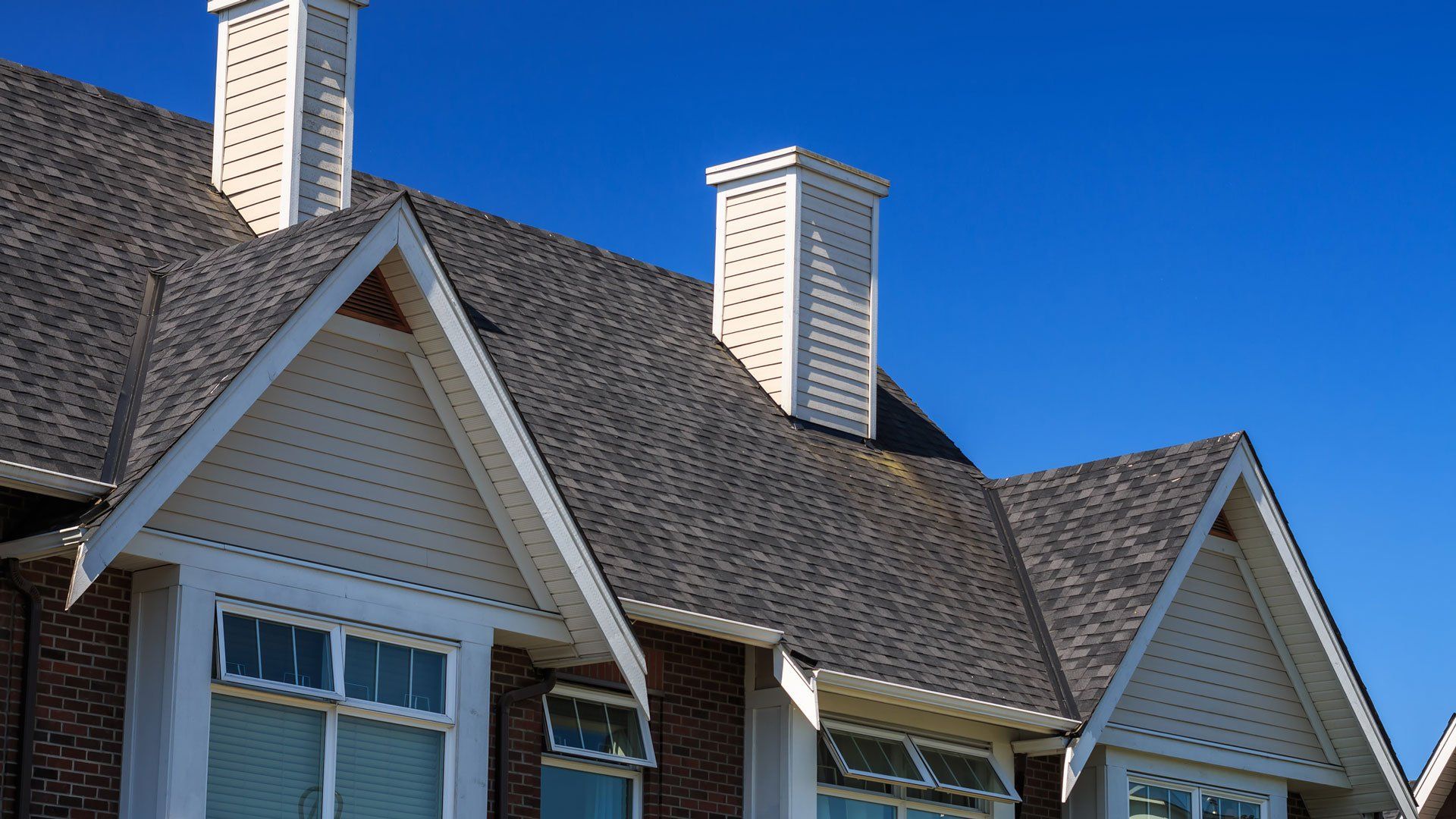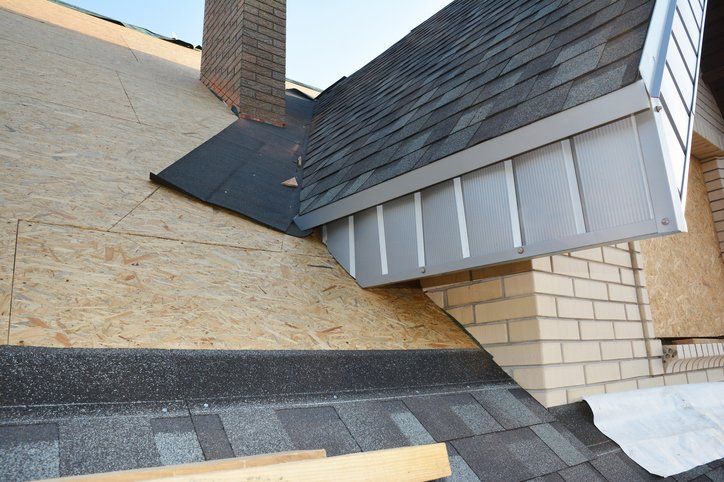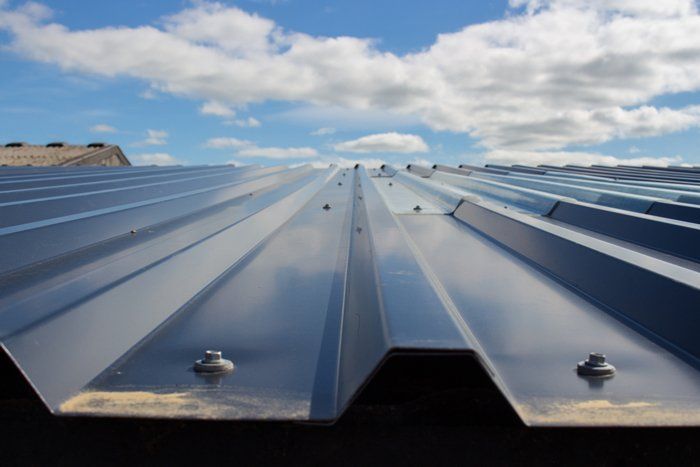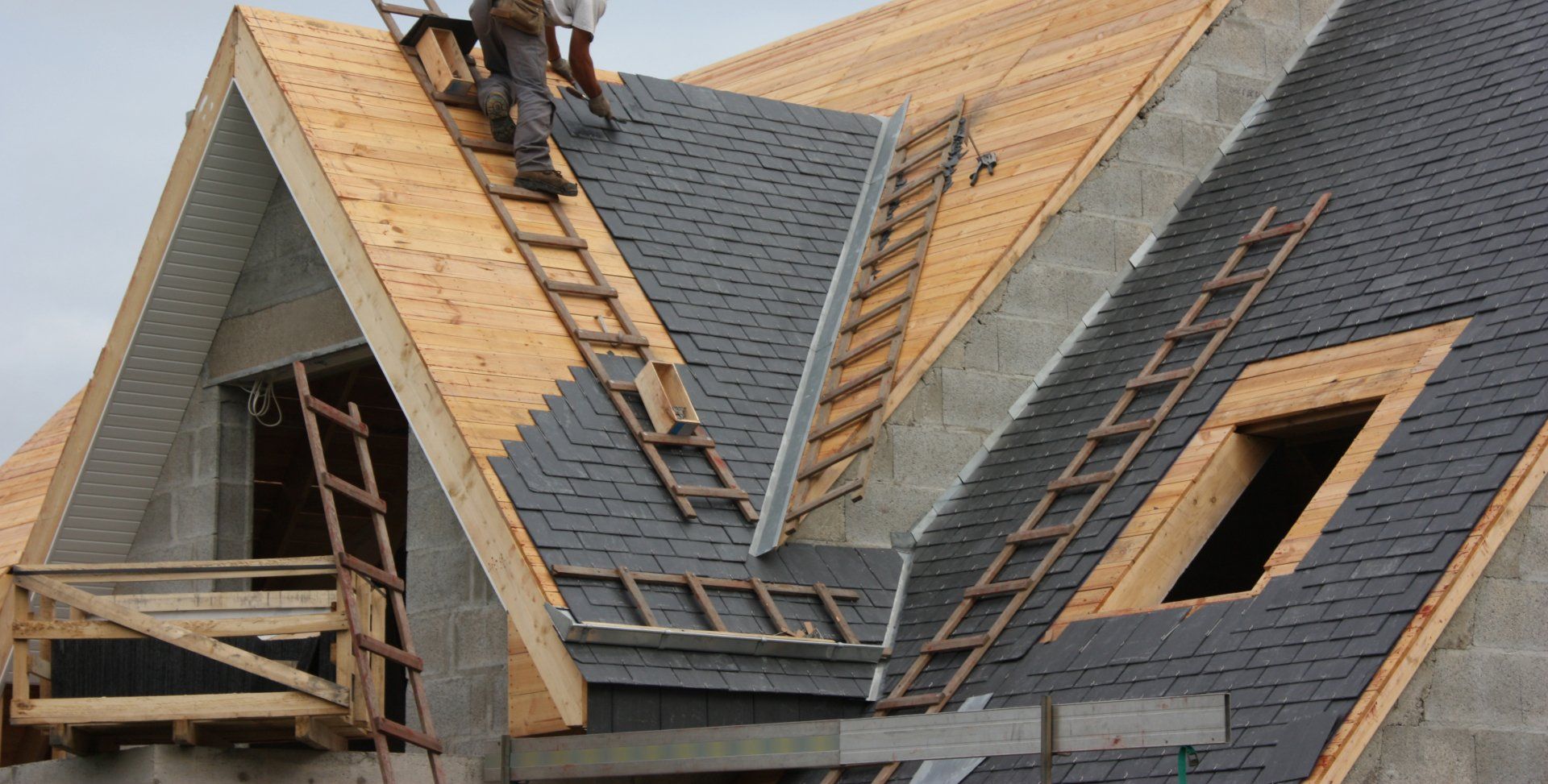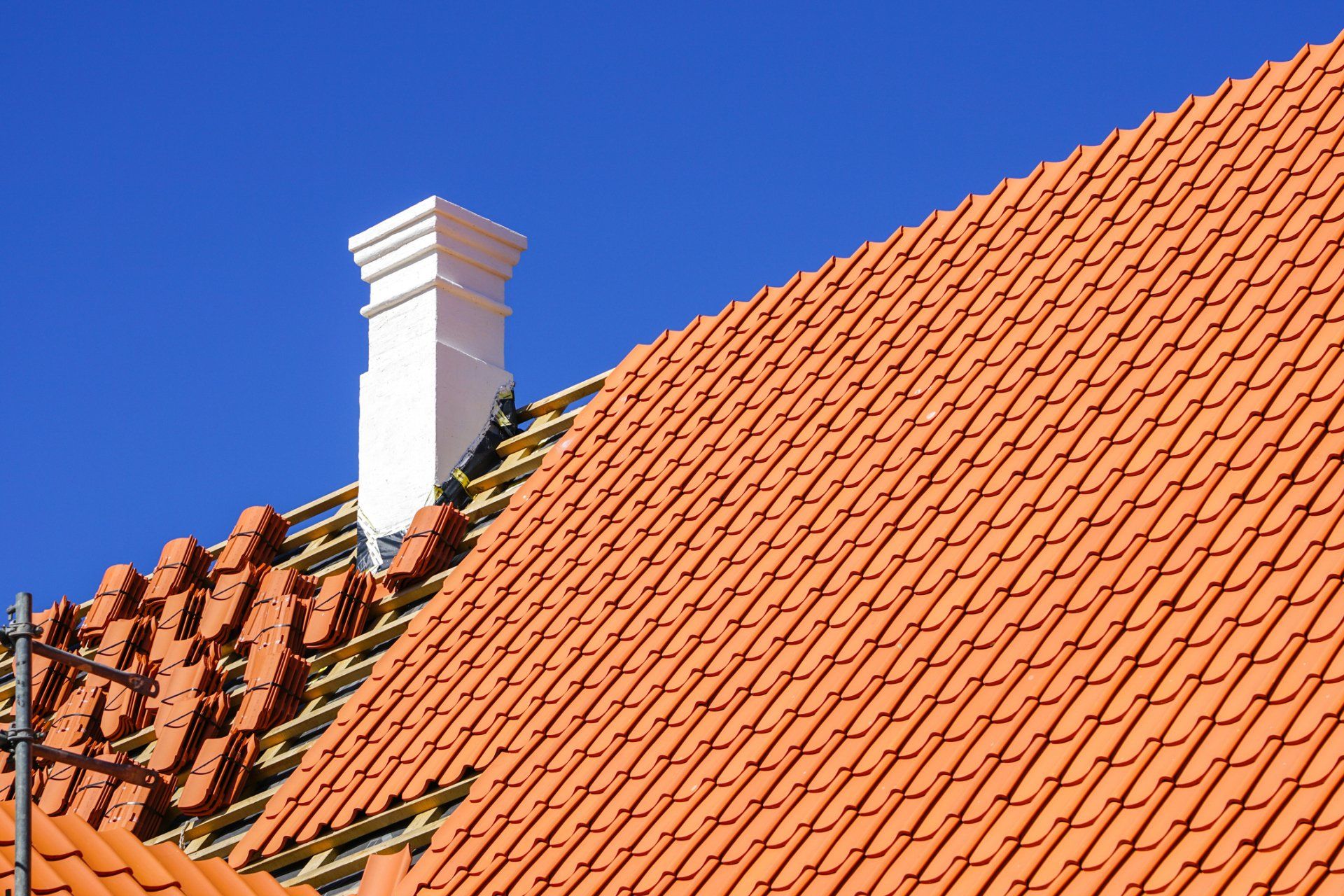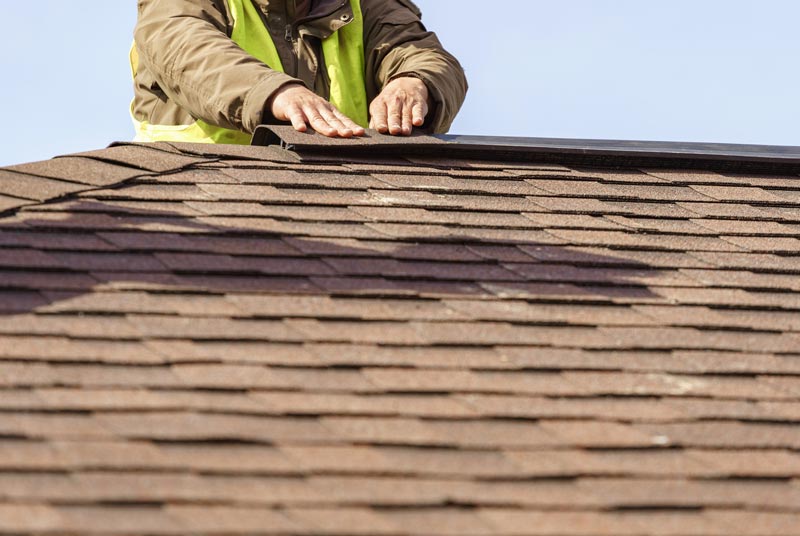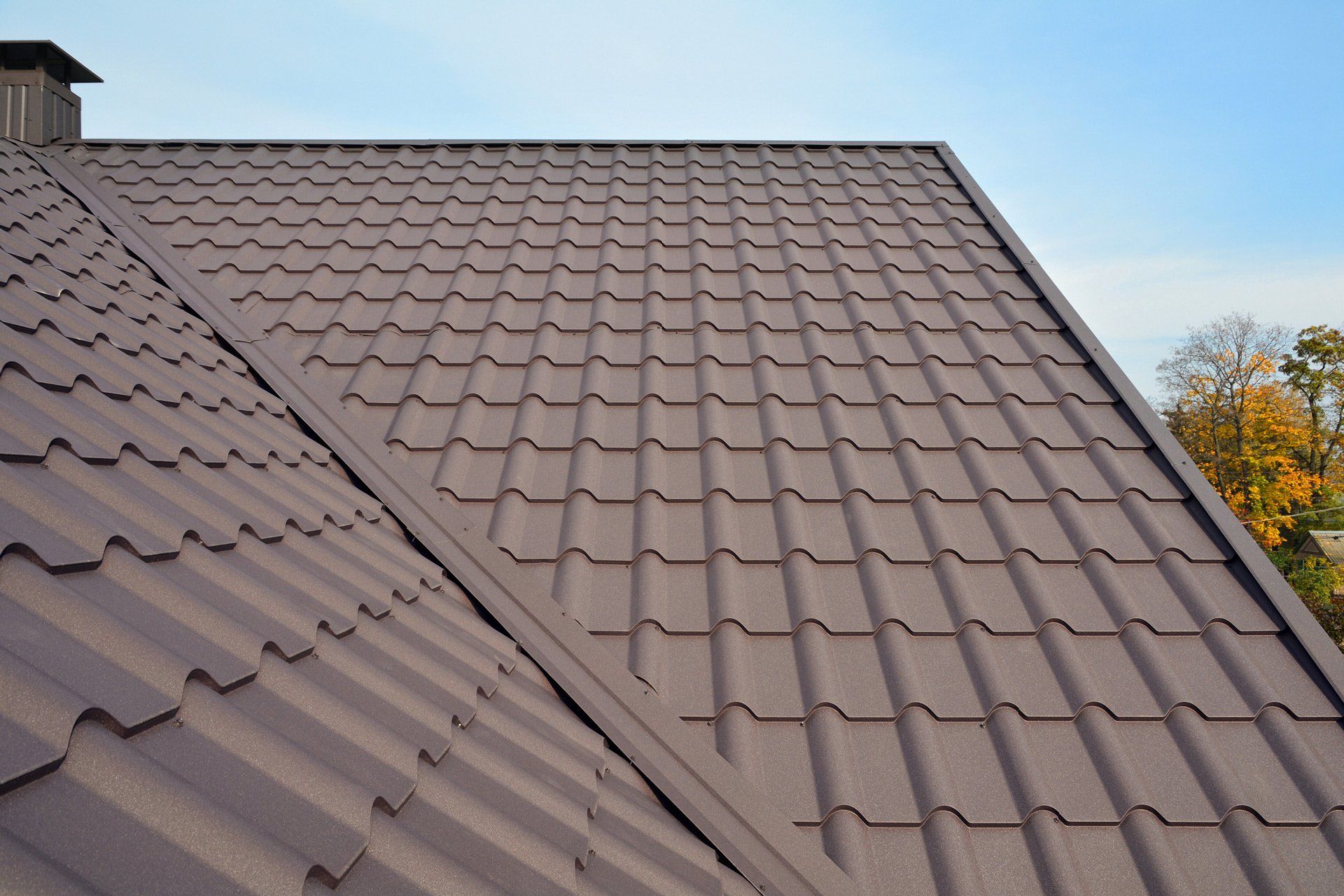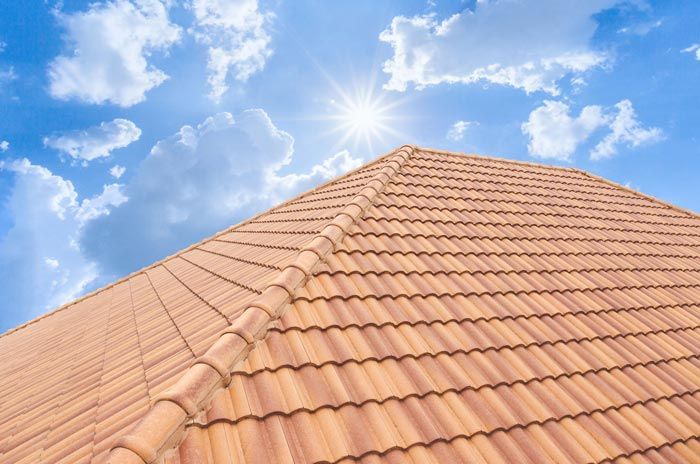4 Roof Problems That Can Cause Shingle Curling or Cupping
If you look up at your roof and notice that the edges of your shingles are starting to curl up or curl under, you're quite right in thinking that there's a problem. Your roof, or at least parts of it, may need repairs or replacement. However, you'll want to get a professional to inspect the roof in order to diagnose and treat the underlying cause.
Your best bet is to have an expert identify and treat the problem so the damage won't simply recur, especially if your shingles are failing earlier than expected — for example, if the roof has a twenty-year warranty but it's only been ten years. Here are four roof problems that can cause curling or cupping of your asphalt shingles.
1. UV Damage
The sun's UV rays can damage the asphalt and over time, cause it to become brittle. UV rays are so damaging because they break down the protective, tarry substance that coats the shingles and keeps them from drying out, shrinking, and cracking.
The granules that coat the shingle are designed to help prevent damage, which is why you should be concerned about your roof if you find a lot of shingle granules in the gutter. Losing this protective coating makes your roof more vulnerable. Granule loss can often occur when someone walks on the roof, after a hail storm, or after dead leaves and other debris collect on the roof.
2. Thermal Shock
While UV damage makes shingles less pliable so they can't stretch and compress as easily in response to temperature changes, thermal shock is caused by extreme temperature changes that can cause difficulties for even pliable shingles. If a roof that's suffered some UV damage also falls victim to thermal shock, the damage can become even more pronounced.
Thermal shock is especially likely to be a problem in climates with both hot days and cool nights in summertime. The extreme temperature changes between a hot summer day and a cool nighttime temperature can, over time, wear out asphalt's ability to stretch and contract as it heats and cools.
3. Defective Shingles
If your shingles start to show signs of cupping or curling up at the edges, it may be easy to point fingers at the manufacturer and say that the shingles themselves were manufactured poorly, which can sometimes be the case, especially if the roof is relatively new when it starts to fail.
One example of a manufacturing defect is when a batch of shingles ends up with a little too much of the sticky tar that's supposed to be just one ingredient in a balanced product. The imbalance can allow shingles that looked fine at the time of installation to lose their protective granules at a rapid pace, which causes the roof to age much faster than it should.
4. Poor Roof Ventilation
Roof ventilation is essential for any number of reasons. It helps remove moisture from the roof space that would otherwise condense and cause rot and mold and encourage termites. But ventilation is also a crucial component in preventing heat damage. A poorly ventilated roof can't shed the hot air that builds up in the attic.
With heat attacking them from both sides, the roofing shingles can suffer heat damage at a much faster pace and succumb to cupping. If poor ventilation is your problem, you'll not only need roof repairs or replacement but also ventilation work.
These four roof problems can all cause roof damage that results in curling or cupping of your roofing shingles. If you see any such damage, be sure to call out an experienced roofing contractor such as Whittle’s Roofing Co., Inc. , to help you assess and repair the damage.

